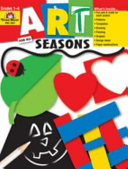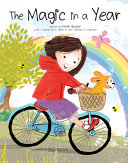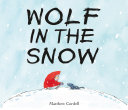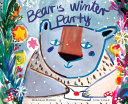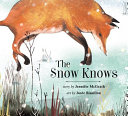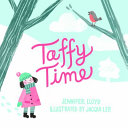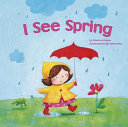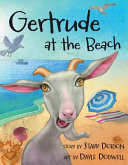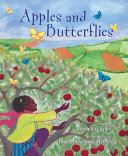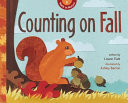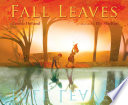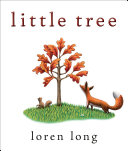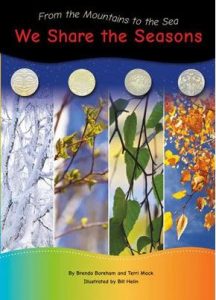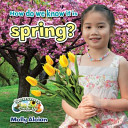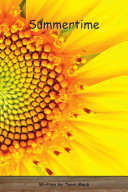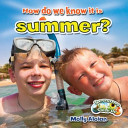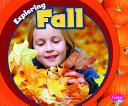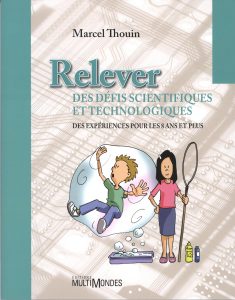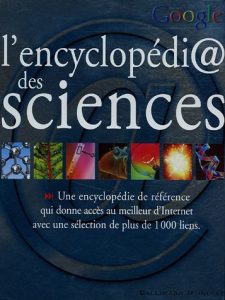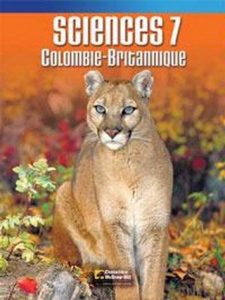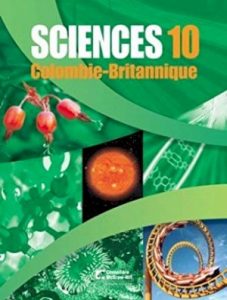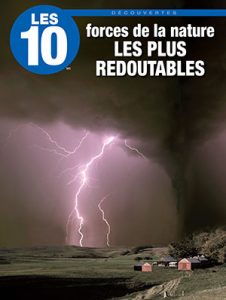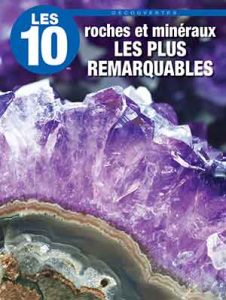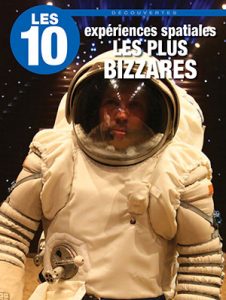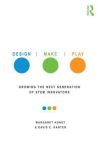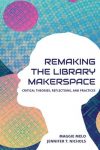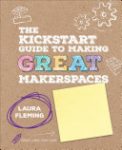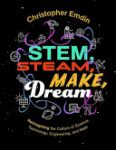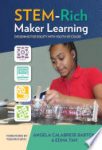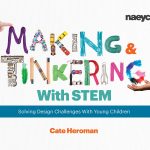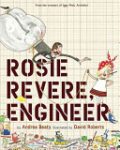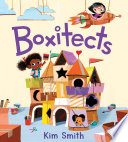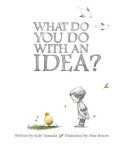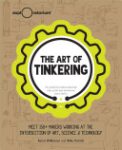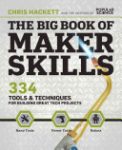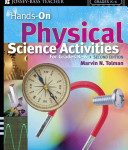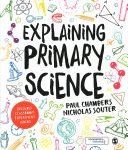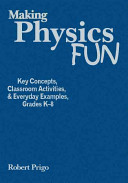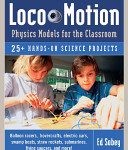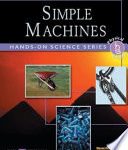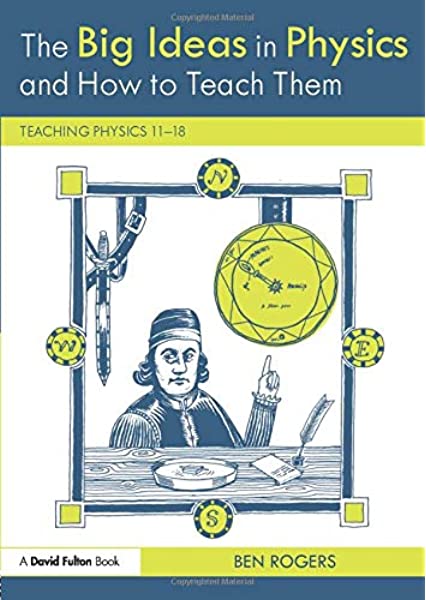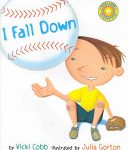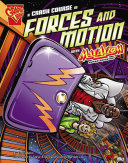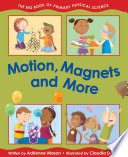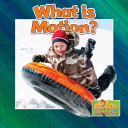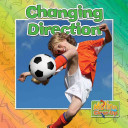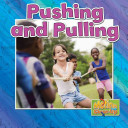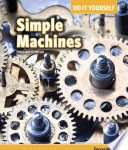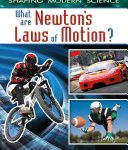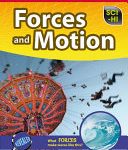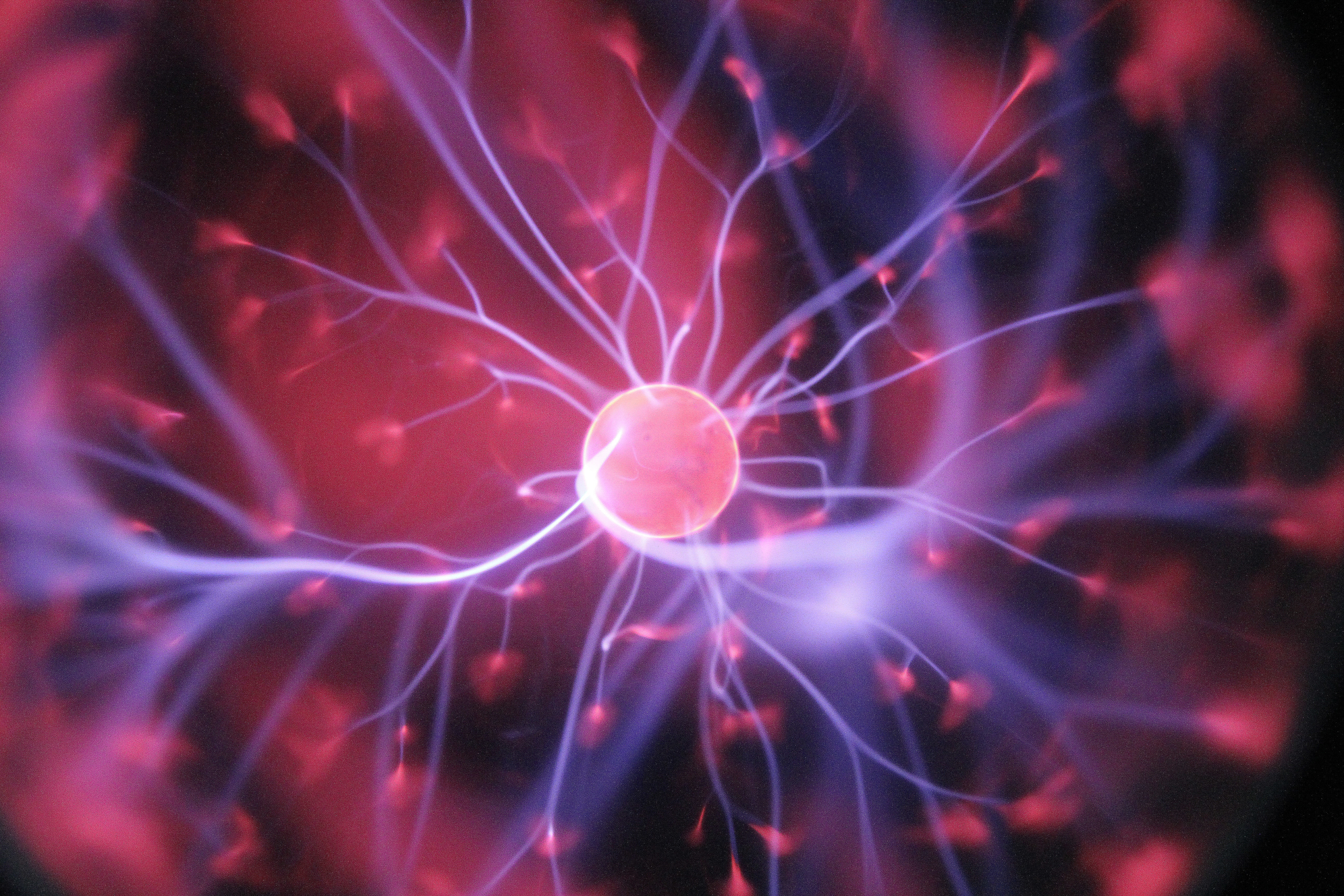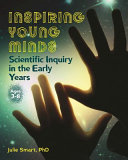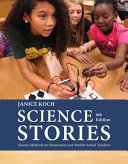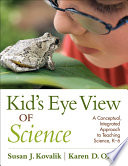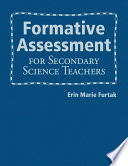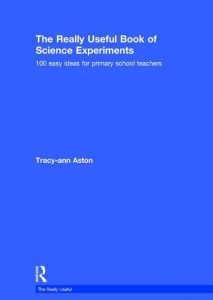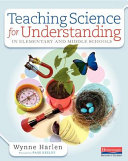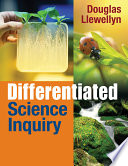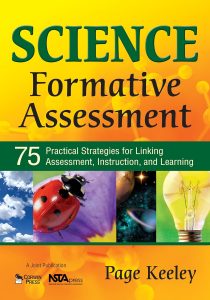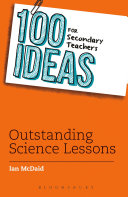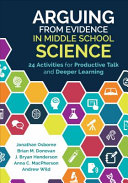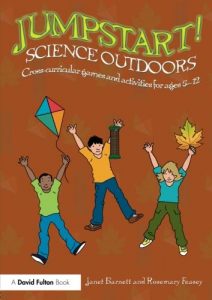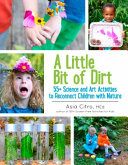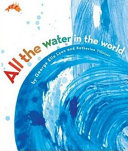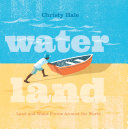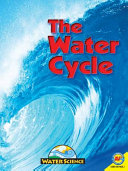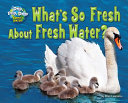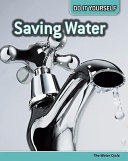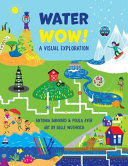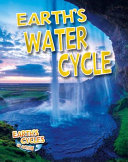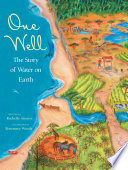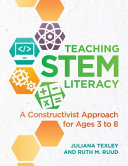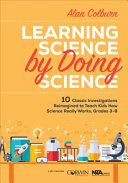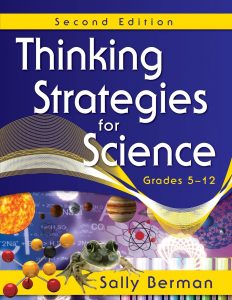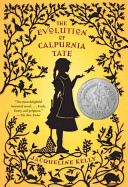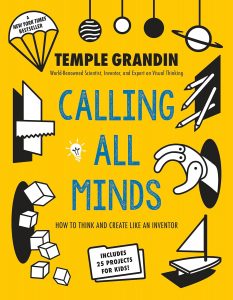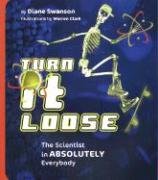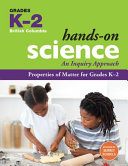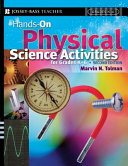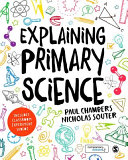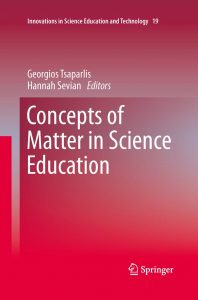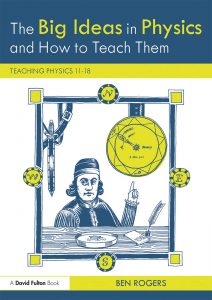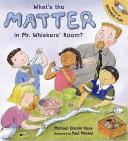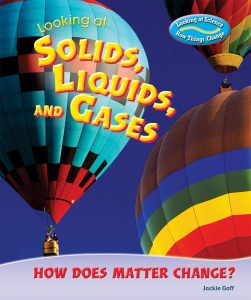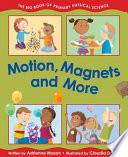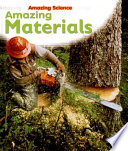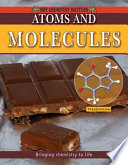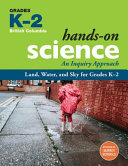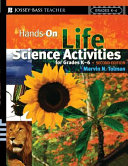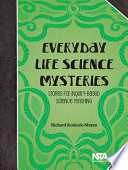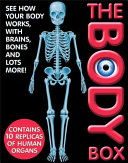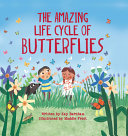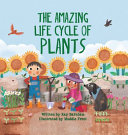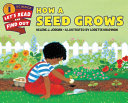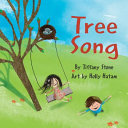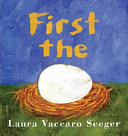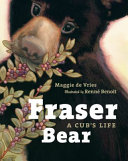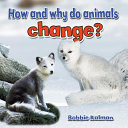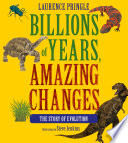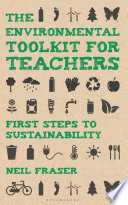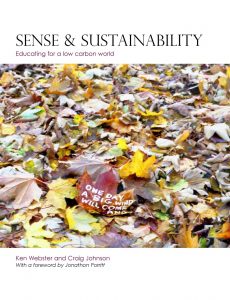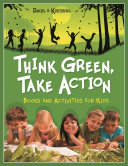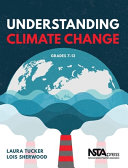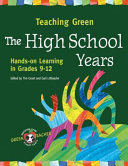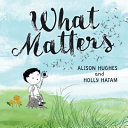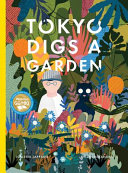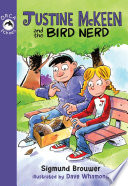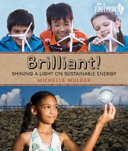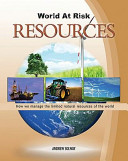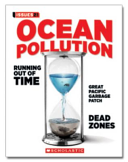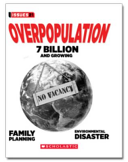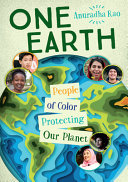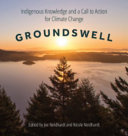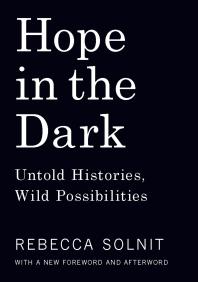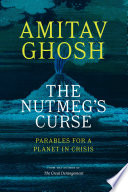Listed below are selected teacher resources, picture books, and non-fiction related to the seasons.
Teacher Resources
 Harvest days: Celebrating fall with rhymes, songs, projects, games, and snacks
Harvest days: Celebrating fall with rhymes, songs, projects, games, and snacks
written and compiled by Durby Peterson, illustrated by Marion Hopping Ekberg
Grades: K-1
Contains a variety of hands-on projects and movement games appropriate to the fall season.
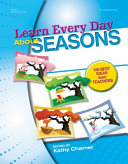 Learn every day about seasons: 100 best ideas from teachers
Learn every day about seasons: 100 best ideas from teachers
edited by Kathy Charner, illustrated by Deb Johnson
Grades: K-1
Numerous activities which explore seasonal changes. Each activity includes learning objectives, related vocabulary, related children’s books, materials needed, instructions for the activity, and an assessment component.
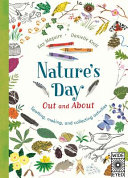 Nature’s day out and about: Spotting, making, and collecting activities
Nature’s day out and about: Spotting, making, and collecting activities
written by Kay Mcguire, illustrated by Danielle Kroll
Grades: K-3
An activity book for all four seasons. Sow seeds in spring, go pond dipping in summer, collect leaves in fall, and make an ice sculpture when it’s cold in winter. With lots of spotting collecting, making, and coloring activities, this book is the perfect way to connect with nature, whatever the season.
written by Joy Evans and Jo Ellen Moore, illustrated by Jo Larsen
Grades: 1-4
Art project ideas that correspond with the four seasons, and the weather and holidays associated with each.
by Janice VanCleave
Grades: 3-7
Presents experiments and activities in such fields as astronomy, biology, chemistry, earth science, and physics that are related to one of the four seasons.
Picture Books
written by Kay Barnham, illustrated by Maddie Frost
Grades: K-3
Follow the wonderful changes that each season brings! From bright spring blossoms to dazzling summer sunshine, vibrant autumn leaves, and sparkling winter snow. Look and Wonder is a fresh, bold, and bright narrative nonfiction series introducing children to the natural world.
written by Frank Boylan, illustrated by Sally Garland
Grades: K-3
A young child shares why each month is special, from the winter chill in January and the spring breeze in March to the heat in July and colored leaves in September.
written by Cecilia John
Grades: K-2
Come north to Saik’uz (sigh-kuz) located within the Dakelh (dah-kay-lth) Territory and see the changes through summer, fall, winter, and spring. Part of the Strong Stories series which focuses on different First Nation territories from across Canada and the United States. A triple-language resource written in Carrier, English and French. Pronunciation guides for each book in the series are available here.
by Matthew Cordell
Grades: PreK-K
When a wolf cub and a little girl are both lost in a snowstorm, they must help each other to find their way home.
written by Deborah Hodge, illustrated by Lisa Cinar
Grades: K-2
Bear loves his forest home, but sometimes he gets lonely. It’s hard being the biggest animal around. As the days grow shorter and autumn turns to winter, Bear springs into action and comes up with a festive plan to make friends with all the other forest creatures.
written by Jennifer McGrath, illustrated by Josée Bisaillon
A lyrical prose poem which celebrates the joys of winter, wilderness, and animals of all kinds. With whimsical hide-and-seek illustrations, readers will love following footprints and catching a glimpse of an owl’s wing or pheasant’s feathers, suggesting what appears on the following page.
written by Jennifer Lloyd, illustrated by Jacqui Lee
Grades: K-4
Spring has arrived at Sugar Hill Farm. Big sister Audrey is busy helping Dad as he makes maple syrup. Younger sister Kate also wants to contribute but it seems that she is just too little. Will she find a way to do her part?
written by Julie Fogliano, illustrated by Erin E. Stead
Grades: K-2
Simple text reveals the anticipation of a boy who, having planted seeds while everything around is brown, fears that something has gone wrong until, at last, the world turns green.
written by Charles Ghigna, illustrated by Ag Jatkowska
Grades: K-2
Illustrations and easy-to-read, rhyming text show what makes spring special, from raindrops and robins to bluebells and butterflies.
written by Joanne Schwartz, illustrated by Isabelle Malenfant
Grades: K-2
On a long, lazy summer day, Pinny searches for a wishing rock, watches the clouds and picks wild blueberries with her friends, feeds a seagull and bakes a cake. This engaging story reveals the joy to be found in nature and an unstructured life.
written by Lizann Flatt, illustrated by Ashley Barron
Grades: 1-3
As young readers journey into the natural world, they discover that numbers, patterns, shapes, and much more! These can be found in everyday plants and animals. What if animals and plants knew math, just like us? Would spiders draw pictures in their webs? Would narwhals sort blocks of ice by shape? For more in the Math in Nature series, click here.
written by Andrew Larsen, illustrated by Todd Stewart
Grades: K-2
Summer vacations can be magical. Especially when you go back to the same place every year. A place where nothing ever changes and where each long, lazy day unfolds just as it did the year before. See You Next Year is the story of one such place. Only this year, something does change. And sometimes, change turns out to be a good thing.
written by Starr Dobson, illustrated by Dayle Dodwell
Grades: 3-8
Everyone’s favourite goat, Gertrude Allawishes, is back! School is out for the summer, and Starr and her family, even Gertrude, are heading to the cottage. Starr’s mom is worried Gertrude will get into trouble. But it isn’t long before Gertrude proves she is one loyal goat and saves the day!
written by Shauntay Grant ; illustrations by Tamara Thiébaux-Heikalo
Grades: K-3
Apples and Butterflies is a gentle, lyrical poem about a family’s autumn vacation and shows Prince Edward Island in a light we don’t often see—the bright blue and orange light of fall.
written by Lizann Flatt, illustrated by Ashley Barron
Grades: 1-3
What if animals and plants knew math, just like you? Would leaves fall in patterns? Would whales enter a race? Nature in the fall comes to life to help children grasp concepts of number sense and numeration.
written by Loretta Holland, illustrated by Elly MacKay
Grades: K-2
This poetic picture book puts autumn on display and captures the spirit of change that stays long after fall leaves. The book shows the secrets of this busy and beautiful time of year as the natural world makes way for winter.
written and illustrated by Loren Long
Grades: K-3
Little Tree is very happy in the forest, where he is surrounded by other little trees and his leaves keep him cool in the heat of summer, but when autumn comes and the other trees drop their leaves, Little Tree cannot be persuaded to let his go, even after they wither and turn brown.
Non-Fiction
by Bobbie Kalman
Grades: K-1
Which season is it when it snows; when flowers grow; when leaves fall; when it is very hot? This simple book features children’s descriptions of the weather and activities that make each season fun for them.
by Brenda Boreham and Terri Mack, illustrated by Bill Helin
Grades: 1-4
This book is about the changing seasons in and along a riverbank, from the mountains to the sea. You will see many plants and animals that live along a riverbank. They grow and change just as we do. From the Mountains to the Sea: We Share the Seasons covers all of your Aboriginal Learning Standards in both science and social studies within the new BC curriculum. For more in the From the Mountains to the Sea series, click here.
by Molly Aloian
Grades: K-3
Discover the characteristics of winter: the changes in temperature, water, and light, and their effects on animals, plants, and people.
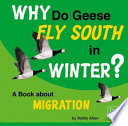 Why do geese fly south in the winter? A book about migration
Why do geese fly south in the winter? A book about migration
by Kathy Allen
Grades: 1-3
A brief explanation of migration, including what it is, why and how animals migrate, and how people affect migration.

Snowy science: 25 cool experiments
written by Shar Levine and Leslie Johnstone, illustrated by Patricia Storms
Grades: 2-6
Science is fun all year round! Kids can try these simple experiments inside, inspired by the freezing weather outside. Learn to make ice cream, create an indoor avalanche and pick up an ice cube with just a piece of string. Also included are fun facts about icebergs, frost, “orange” snow, and more.
by Terri Mack
Grades: K-1
Spring is the season between winter and summer. The months of spring are March, April and May. What are some activities that you and your family do during the spring months?Part of Strong Nations’ Strong Readers leveled reading series which is full of science, numeracy, social responsibility, language arts and oral language teachings. The entire series is interconnected and follows the cultural values of frog, bear, eagle and raven throughout. For more in the series, click here.
by Molly Aloian
Grades: K-3
Explore some of the changes that come when spring arrives, like warmer temperatures, budding plants and flowers, and the appearance of baby animals.
written by Terri Mack
Grades: K-1
Summer is the season between spring and fall. The months of summer are June, July and August. What are some activities that you and your family do during the summer months? Part of Strong Nations’ Strong Readers leveled reading series which is full of science, numeracy, social responsibility, language arts and oral language teachings. The entire series is interconnected and follows the cultural values of frog, bear, eagle and raven throughout. For more in the series, click here.
by Molly Aloian
Grades: K-3
Discover the characteristics that make summer unique: the warmest temperatures of the year, the changes in water and plants, and the effects on people and animals.
by Molly Aloian
Grades: K-3
Fall is the most appropriately named season. From cooler temperatures and fewer daylight hours to colourful leaves and warmer clothing, young readers will discover the many signs of the fall season.
by Terri DeGezelle
Grades: K-3
Find out why seasons happen, and see how fall brings changes for plants, animals, water weather, and people.
Finding More Resources
To find more resources in this area, try the following:
- Search using the General tab on the UBC Library website to look for material in all UBC Library branches.
- Search using “Search Education Resources” box in the left hand bar on the Education Library website to limit your results to materials in the Education Library.
- Use specific search terms to narrow your results, such as:
- Seasons: “Seasons–Juvenile literature”, “Seasons–Poetry”, “Seasons–Juvenile fiction”.
- Winter: “winter–juvenile literature” or “seasons–juvenile literature”, “snow–juvenile fiction”
- Spring: “spring–juvenile literature”, “seasons–juvenile literature”, “spring–fiction”
- Summer: “summer–juvenile literature”, “summer–fiction”, “seasons–juvenile literature”
- Fall: “autumn–fiction”, “autumn–juvenile literature”, “seasons–juvenile literature”
- To find lesson plans, include “lesson plans”, “lesson planning”, or “activity programs” in your search terms.
For more help with searching, please visit the Library Service Desk or e-mail ed.lib@ubc.ca.
